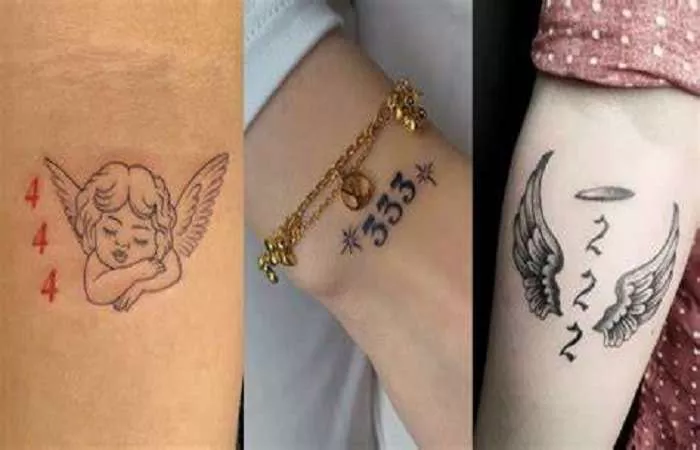Tattoo culture in Asia is a vibrant tapestry woven with threads of history, spirituality, artistry, and modern reinterpretation. Unlike the relatively recent mainstream adoption of tattoos in Western societies, Asia has a long-standing relationship with body art that spans centuries, even millennia. From the sacred motifs etched into the skin of Southeast Asian warriors to the intricate Irezumi of Japan, tattoos in Asia hold profound cultural, religious, and artistic significance. However, this rich heritage also intersects with complex societal norms, stigmas, and evolving perceptions.
In this article, we explore the depth of tattoo culture in Asia, examining its historical origins, cultural significance, artistic styles, and the modern resurgence that blends tradition with contemporary expression. We will discuss how tattoos function as markers of identity, spiritual protection, and social status, and how globalization is reshaping tattoo practices in the region.
Historical Roots of Tattoos in Asia
The tradition of tattooing in Asia is ancient, deeply tied to indigenous tribes and early civilizations. Historical records and archaeological evidence suggest that tattooing practices existed across various Asian cultures thousands of years ago.
Southeast Asian Tribal Tattoos
In countries like the Philippines, Thailand, and Indonesia, tattoos were an integral part of tribal identity. For instance, the Kalinga people of the Philippines practiced batok, a form of hand-tapped tattooing that signified bravery and status. Warriors earned tattoos for acts of valor in battle, while women bore intricate designs to signify beauty, fertility, and maturity.
Similarly, in Thailand and Cambodia, the tradition of Sak Yant tattoos combined spirituality and protection. These tattoos, blessed by monks or spiritual practitioners, were believed to shield the bearer from harm and misfortune.
Irezumi: The Japanese Art of Tattooing
Japanese tattooing, or Irezumi, dates back to the Jomon period (10,000 BCE – 300 BCE). Originally used for decorative and spiritual purposes, tattoos in Japan evolved into a complex art form associated with folklore, mythology, and storytelling. By the Edo period (1603–1868), tattoos had become synonymous with the Yakuza, the Japanese organized crime syndicates, further complicating their cultural perception.
Indian and South Asian Henna Traditions
While henna (mehndi) is not a permanent tattooing practice, its historical significance in India and South Asia cannot be overlooked. Henna art, often applied during weddings and religious ceremonies, represents a symbolic form of temporary body art deeply rooted in cultural traditions.
In ancient China, tattooing was often associated with punishment or shame. Criminals were sometimes tattooed as a mark of disgrace. However, some Chinese subcultures, such as the Dulong and Dai ethnic groups, used tattoos as a form of identity and protection.
Cultural Significance and Symbolism
Tattooing in Asia transcends mere decoration; it carries profound meanings tied to cultural, spiritual, and social contexts.
Spiritual and Protective Functions
Many Asian tattoos are believed to possess spiritual power. Sak Yant tattoos in Thailand, for example, often feature Buddhist prayers, sacred geometry, and mythical animals. These tattoos are thought to provide blessings, protection, and good fortune, making them a revered tradition among monks, warriors, and devotees.
Markers of Identity and Social Status
Tattoos often served as markers of identity, distinguishing tribal affiliations or social hierarchies. For instance, in the indigenous tribes of Borneo, tattoos reflected a person’s achievements, such as successful hunts or headhunting conquests. Similarly, in Myanmar, Chin women wore facial tattoos as a rite of passage and a symbol of beauty.
Storytelling and Mythology
In Japan, Irezumi tattoos often feature elaborate motifs drawn from mythology and folklore, such as dragons, koi fish, and cherry blossoms. Each element carries symbolic meaning—dragons symbolize strength and wisdom, while koi fish represent perseverance and success. These tattoos often narrate deeply personal stories or reflect the bearer’s aspirations.
Modern Expressions of Rebellion and Freedom
In contemporary times, tattoos have become a form of rebellion against conservative norms in many Asian societies. Young people increasingly embrace tattoos as symbols of individuality, freedom, and modern identity, challenging traditional taboos.
The Artistic Styles of Asian Tattoos
Asia boasts some of the most distinctive tattoo styles in the world, each characterized by unique techniques, tools, and aesthetics.
Hand-Tapped Tribal Tattoos
Traditional hand-tapped tattoos are prevalent among indigenous groups in Southeast Asia and the Pacific Islands. The method involves using a stick and needle to tap ink into the skin, creating bold, geometric patterns. This labor-intensive process is a testament to the craftsmanship and resilience of the bearer.
Japanese Irezumi
Japanese tattooing is renowned for its intricate, large-scale designs that often cover the back, arms, or entire body. Artists use traditional hand-poking techniques (tebori) or modern tattoo machines to create detailed, vibrant imagery. Common themes include samurai, mythical creatures, and natural elements like waves and clouds.
Sak Yant
Sak Yant tattoos are notable for their spiritual and symbolic designs, often created using bamboo rods. These tattoos feature sacred scripts (Khmer or Pali), geometric patterns, and figures like the tiger or Garuda, reflecting the bearer’s spiritual aspirations and beliefs.
Modern Asian Tattoos
The influence of globalization has led to a fusion of traditional and modern tattoo styles. Contemporary Asian tattoo artists often blend indigenous motifs with Western techniques, creating unique hybrids that cater to a global audience.
Conclusion
Tattoo culture in Asia is a multifaceted phenomenon that reflects the region’s rich history, diverse cultures, and evolving societal dynamics. From ancient tribal traditions to modern artistic innovations, tattoos in Asia serve as a powerful medium of identity, spirituality, and self-expression.
While challenges such as stigma and cultural appropriation persist, the growing appreciation for Asian tattoo artistry signals a promising future for this age-old tradition. By embracing both heritage and modernity, Asian tattoo culture continues to inspire and captivate enthusiasts worldwide, leaving an indelible mark on the global tapestry of body art.
Related topics:

